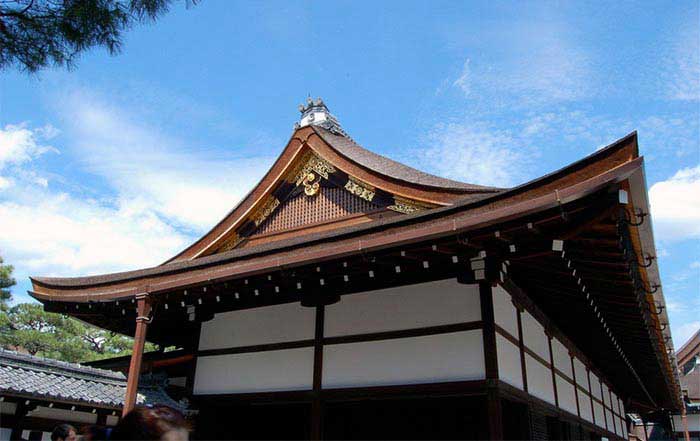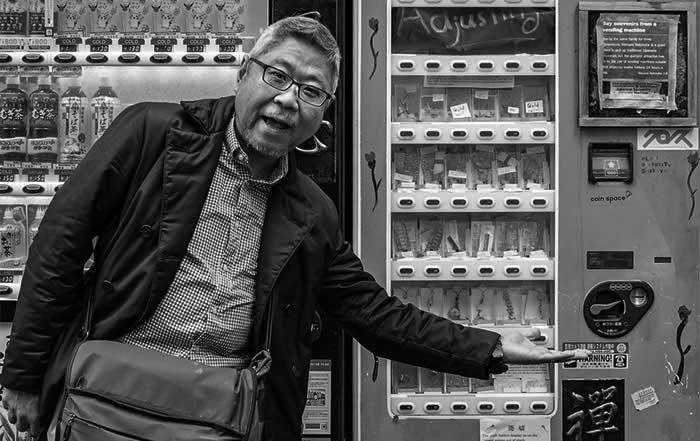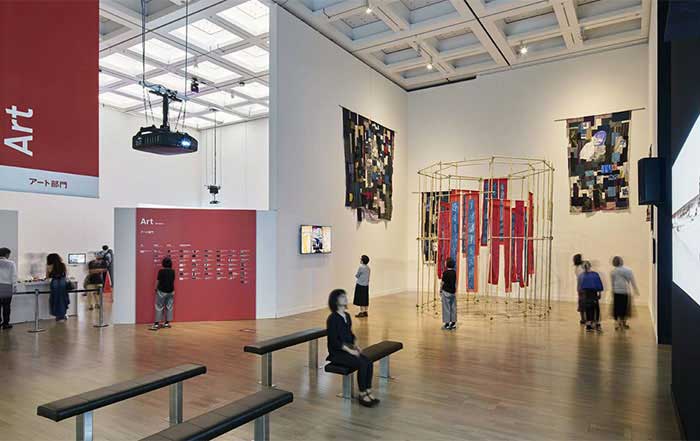The world was shocked- the first atomic bombs hit the Japanese cities of Hiroshima and Nagasaki on August 6th, 1945. This marked the end of the World War; Japan surrendered to the Allied Forces in its aftermath. What was it like after the bomb dropped on Hiroshima? We can hardly imagine the aftermath of the atomic war assault on the beautiful Japanese city.
One of the most horrific tasks involved the collecting of dead bodies strewn all over the place. Also, the bodies had to be burned, and the rubble and debris collected. It was also necessary to survey and clear the much-ravaged 2.4 million square miles. This was a slow, painful process that took some four years to complete. Remarkably, the city of Hiroshima slowly and gradually returned to normalcy. So, what is it like visiting Hiroshima today?
Interestingly, decades after that fateful day in 1945, Hiroshima is now a beautiful, bustling city; it has resoundingly become a place where tourists love to visit. 1.1 million people live there. They enjoy a life that residents of New York, London and Paris would likely admire. Former Mayor of Hiroshima, Tadatoshi Akiba, who is an M.I T educated English speaking gentleman, once confessed that he was impressed with the efforts to build a brand new baseball stadium in 2005. The stadium would host the Hiroshima Toyo Carp, the city's proud baseball team. Hiroshima has several admirable stadiums, shipyards and automobile factories.
The architects had to rebuild a city that was virtually wiped off the world map in a literal sense. The city was to be rebuilt physically, emotionally and psychologically. Was there a guarantee that such a war-ravaged city would be restored to anything resembling a town? No! Hiroshima's return to normalcy was far from guaranteed. Naturally, the city's war survivors-in 1945- thought more about exacting vicious revenge than carrying out any rebuilding work. Of course, this wasn't surprising- the aftermath of the deadly atomic bombs had been intensely frustrating, devastating and seemingly irreversible. But those who had ";cooler heads"; eventually prevailed. Where would Hiroshima get the millions of dollars desperately needed for restoration purposes? Well, after much plea, Japan's occupation government finally permitted special subsidies to cities that had been badly damaged-like Hiroshima. The only requirement was a clear restoration plan.
Professor Norioki Ishimaru (of the Hiroshima International University) says Hiroshima's parliamentarians knew their demands would be granted with an ";accusing tone."; General Douglas MacArthur's headquarters in Tokyo had to be appeased before anything came from the occupation regime. So, the officials at Hiroshima came up with a grand idea to reinvent the city. There was a proposal to construct a large peace memorial; this would become the city's anchor. In the end, this became what we now know as the Hiroshima Peace Memorial Park. The park is-essentially- a 30-acre site near ground zero.
Kenzo Tange, the late famous Japanese architect, designed the epic park. The park was eventually completed in 1954. The Peace Museum ultimately became the park's emotional nucleus. It was specifically dedicated as a memorial to the nuclear war's terrible horrors. In the course of a few years, the occupation government continued giving the city financial aid, aiding Hiroshima's psychological and economic recovery. Soon, the city residents could access jobs; this provided more emotional impetus.
Today, the Peace Museum is a fitting picture of how Japan dealt with its neighbours during and after the war. Further, it's a great symbol of remarkable progress, never mind that Japan hasn't been credited for this; yes, there's always hope lurking in the corner. While Japan continues to mourn its peoples who perished in the horrific 1945 war, the Peace Museum is a clear symbol that the country managed to make peace with its neighbours at some of its worst moments.
Think of it: 80-year-old Sunao Tsuboi knows what it was like to be counted as a survivor of the nuclear war horrors in 1945. At the end of the war, Tsuboi fell in love with a woman, but her parents refused to accept any marriage proposals; how could their daughter be married by an A-bomb survivor who might not live long? The lovers were desperate; both attempted suicide. Fortunately, they didn't die and were eventually married after the parent's ";ascertained"; Tsuboi would live longer.




